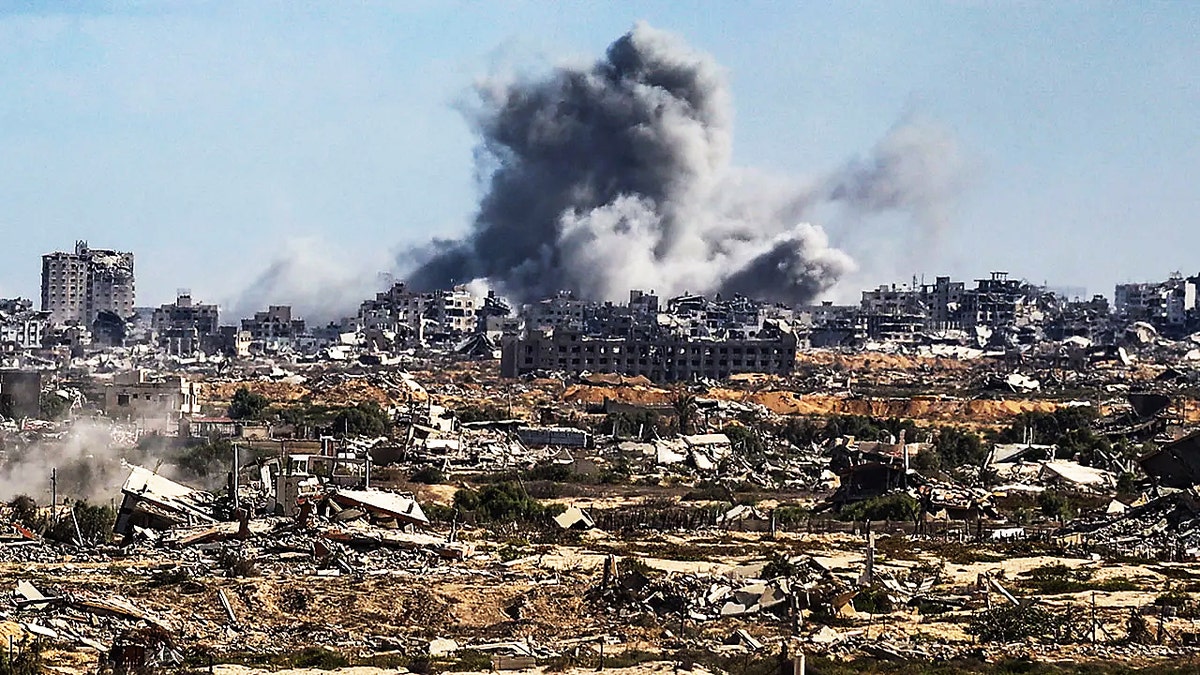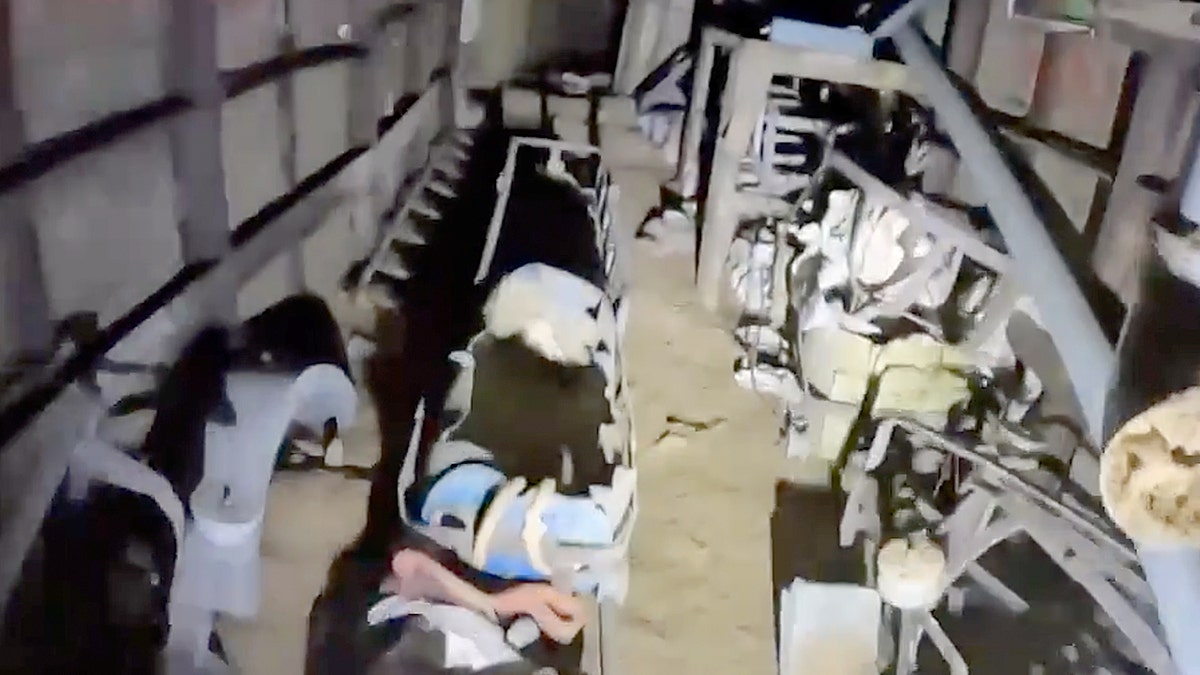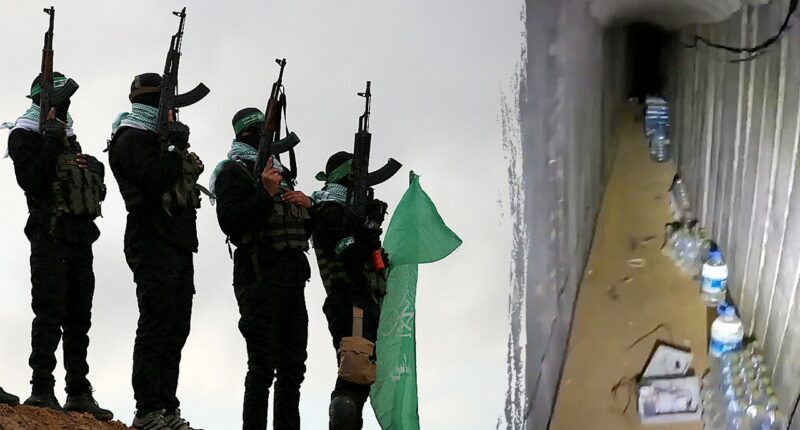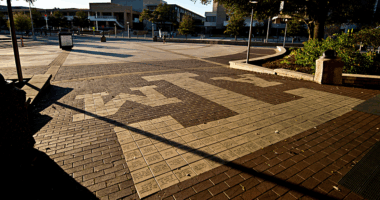Share this @internewscast.com
The Israeli Defense Forces (IDF) recently unveiled a video showcasing what they describe as one of Hamas’s most intricate underground networks located beneath the city of Rafah in southern Gaza.
According to the IDF, this extensive “root tunnel” stretches approximately seven kilometers and is situated around 25 meters below ground. It comprises about 80 rooms and was reportedly utilized for command operations, storing weapons, and providing shelter for Hamas operatives.
Released on the platform X on November 20, the video takes viewers through the reinforced concrete tunnels and expansive chambers, highlighting the complexity and vastness of the Hamas underground infrastructure.
The Israeli military has asserted that the tunnel system originated beneath a United Nations Relief and Works Agency (UNRWA) compound, extending under various civilian locations.
The IDF’s post stated, “Our forces have uncovered one of Gaza’s largest and most sophisticated underground routes, extending over 7 kilometers, approximately 25 meters deep, with around 80 hideouts, where the abducted IDF officer Lt. Hadar Goldin was held.”
Experts in Israel suggest that dismantling this tunnel represents a significant strategic setback for Hamas and “lays the groundwork for its defeat.”
“The destruction of this tunnel as well as many others like it or similar… as well as other terror facilities pushes Hamas to the edge,” said Professor Kobi Michael, senior researcher at the Institute for National Security Studies (INSS) and the Misgav Institute.

The IDF uncovered one of Gaza’s largest underground Hamas infrastructures, stretching 25 meters deep beneath civilian sites, including mosques and schools in Rafah.
“It is one of the longest and [most] complicated tunnels that have been discovered, but it is not the only one,” he told Fox News Digital.
Michael explained that Hamas’ root tunnels form the backbone of its underground warfare system.
“This is an example of a root tunnel, a strategic one that feeds many tactic tunnels and is used for strategic purposes [such] as command and control, weapon storage, manufacturing platforms of weapon[s] and strategic logistics,” he said.

Smoke rises from Gaza City seen from Deir al-Balah, following intense Israeli military attacks on northern Gaza, on Oct. 5, 2025. (Khames Alrefi/Getty Images)
“Such a tunnel is usually manned by hundreds of militants and commanders.”
The IDF believes this particular tunnel network may have been connected to the area where Lt. Hadar Goldin, an Israeli soldier abducted during the 2014 Gaza war, was held captive. Hamas returned Goldin’s remains earlier this month – after more than a decade.
The tunnel’s exposure sheds new light on the extent of its underground operations.

Israeli forces destroyed a major Hamas tunnel system in Rafah connected to the area where Lt. Hadar Goldin was held, marking a strategic blow to the militant group’s capabilities.
“I have no idea about the cost but if you take into consideration the amount of the building materials, labor and facilities and its length, it is a matter of millions of INS,” he claimed. “Hamas chose routes under sensitive civilian and humanitarian facilities in order to prevent the IDF from attacking the tunnel.”
As Israel continues operations in Gaza, the destruction of Hamas’s tunnel networks remains central to its strategy to dismantle the group’s military capabilities and prevent future attacks.
In 2014, Israeli Prime Minister Benjamin Netanyahu said he wanted to destroy the tunnels, which Hamas militants used to infiltrate Israeli territory, “with or without a ceasefire.”
According to a 2023 investigation by Reuters, Hamas had said it had been using the tunnels to hide hostages seized in its Oct. 7 attack on Israel.
Israel’s military said its ground forces had uncovered around 1,500 Hamas tunnels and shafts throughout the Gaza Strip, per the report.
















